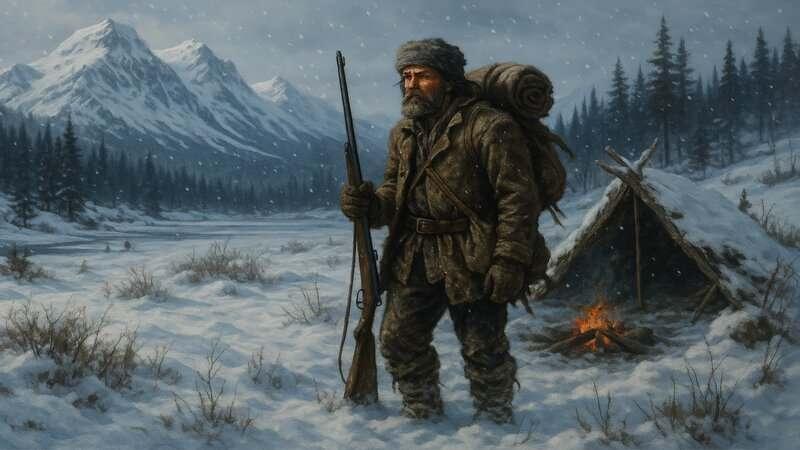4. Wearing Animal Skins and Furs

To withstand the brutal Alaskan cold, early settlers and Indigenous peoples crafted clothing from animal skins and furs. Caribou, seal, and polar bear pelts provided exceptional insulation, often surpassing modern materials in warmth and durability. These garments were typically custom-fitted to ensure both comfort and mobility during daily tasks. For further insight into traditional Arctic clothing and its remarkable effectiveness, visit the National Park Service.















